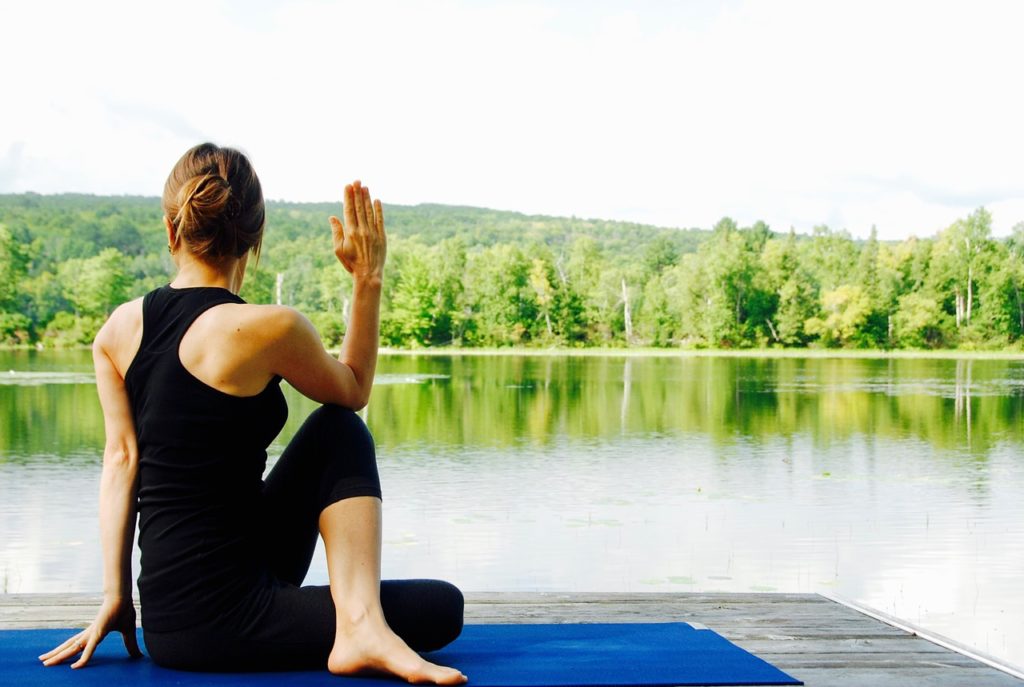
The seasons are changing, and the sun flooding through windows could reveal some dust, dirt, or otherwise cluttered situations around the house. The time for spring cleaning is now.
With a bad back or shoulders, getting on your hands and knees to scrub floors, doing yard work, or lifting and organizing boxes could be dangerous. Here are several tips on how to avoid injuries while getting your house in tip-top shape for the sunnier months ahead.
Warm Up and Stretch
Before starting a big project or getting ready to clean for an extended period of time, take a minute to warm up and stretch. Cleaning oftentimes requires a lot of repetitive movement and can agitate or injure unstretched muscles.
Perform simple arm stretches, such as positioning your arm across your body and holding your elbow with your opposite hand, then switching to the other arm.
To warm up your leg muscles, either take a short walk before you begin cleaning, or sit down with your legs straight in front of you, and slowly bend toward your feet until you feel the stretch.
[Related: 4 Simple Spring Wellness Tips]
Proper Techniques for Lifting
Picking up and moving boxes from the attic or basement can put undue strain on your muscles. If you aren’t careful with how you lift objects, you could potentially throw out your back and end your spring cleaning early.
In order to lift properly, make sure you bend at the knee when you go to grab something off of the ground, keeping your back as straight as possible. While bending over to lift something up, consider taking a knee rather than bending at the waist. Moving things from one side to another? Pivot your entire body instead of twisting your spine to avoid injury.
Ladder Safety
Spring may be the ideal time to clean your gutters or organize the top shelves in your garage, but be cautious when using a ladder — even a small one. Be certain the center braces are locked, and never stand on the top two rungs. Have someone around when you are using a ladder in case you become unsteady, and set the ladder on steady, balanced ground.
Switch Up Your Tasks
Cleaning can require your body to move in a very repetitive way. Bending over to garden in the yard, reaching up to grab a box, and even sweeping or mopping the floor are activities that, when done for extended periods of time, can be harmful. Switch up your activities and limit one motion to 30 minutes or so before taking a break or starting a new task.
Schedule a Visit With Your Chiropractor
Remember to pay attention to how your body feels. If you notice any new aches or pains, pause the spring cleaning and contact your chiropractor.
Contact Spencer Chiropractor today to schedule a consultation!
*Image via Unsplash




